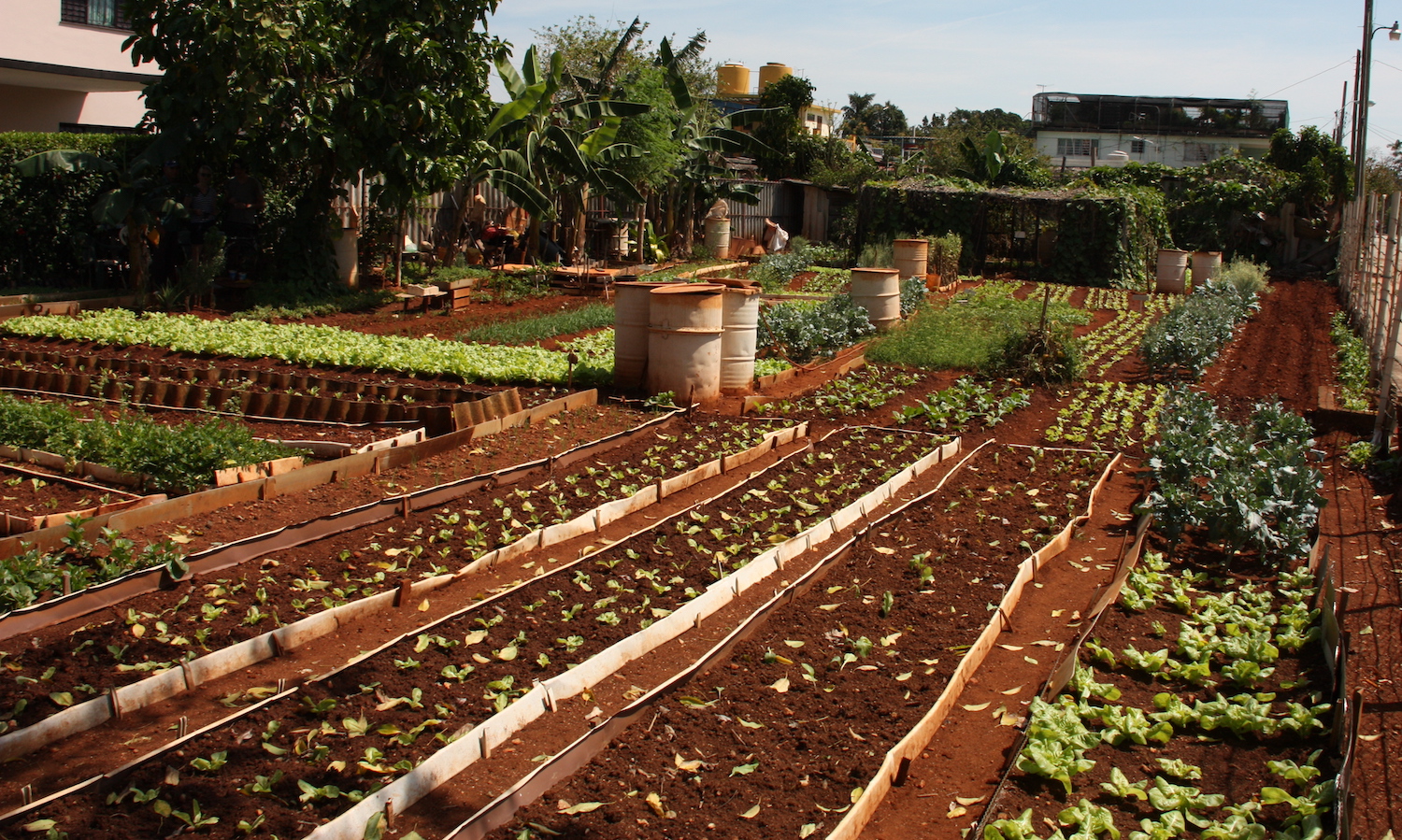By 2050, the United Nations expects the percentage of the global population residing in cities to increase from 55 to 68 percent.
Already, up to 70 percent of the food produced worldwide is consumed in urban areas, according to the U.N. Food and Agriculture Organization (FAO). And cities are responsible for approximately 70 percent of global energy-related greenhouse gas emissions.
“It is really important for us to remember that cities can make a difference,” says Anna Scavuzzo, Vice Mayor of Milan. “The sum of our efforts can contribute to achieve local and global goals at the same time.”
To support urban food systems, the Milan Urban Food Policy Pact (MUFPP)—an international agreement of mayors aimed at tackling food issues at the city level—was introduced in 2015. Bringing together more than 210 cities worldwide, it represents a working tool to help build sustainable urban food systems that are inclusive, safe, and diverse.
The cities that have signed on to the MUFPP are home to projects working to better food production, improve social and economic equity, make diets more sustainable and nutritious, and reduce food waste. Food Tank is highlighting a handful of these projects representing the diversity of solutions around the world.
1. Community Urban Gardening Program, Araraquara, Brazil
Located in Araraquara, São Paulo, the Municipal Community Urban Garden Program is helping the city work toward food and nutrition security. In addition to growing fruits and vegetables, the garden offers a certification program through which participants can gain agricultural experience. To increase its impact, the program is also working to install vegetable gardens in regions around the city.
2. Esquela de Gigantes, La Paz, Bolivia
Esquela de Gigantes, which translates to School of Giants, is a food and nutrition educational program helping to cultivate organic school gardens. The program strives to emphasize intercultural knowledge and healthy eating habits while improving the academic performance of students. When in-person programs were suspended due to the COVID-19 pandemic, the program shared educational videos and hosted workshops and webinars on gardening and nutrition.
3. Food Policies for a Resilient City, Barcelona, Spain
In response to the COVID-19 pandemic, the city of Barcelona is working to make its food system more resilient by introducing new programs and strengthening partnerships. These projects are helping to support a distribution center that allows farmers to sell directly to retailers, strengthen markets that offer sustainably grown food, and improve food aid to help the most vulnerable communities. Through a systemic approach, they hope these new projects can improve the quality of life of residents and reduce the impact of the food system on the planet.
4. H.O.P.E., Surakarta, Indonesia
In Indonesia, Surakata’s government is working to empower city residents to improve community wellness and food security. Encouraging people to utilize land around their homes, the city hopes that more households will begin growing their own produce. To support these efforts, city agencies are collaborating to provide both agricultural inputs and training for those who are interested. The city is also working to increase food access through a supplementary feeding program for young children.
5. Mérida Nos Une, Mexico City, Mexico
Mérida nos une is a network intended to bring together residents of Mexico City and build resilience. Through a digital platform of the same name, residents in need of food, basic necessities and services can connect with those able to help. Since April 2020, the project has aided more than 2,600 individuals and families.
6. Mezitli Female Producers’ Market, Mezitli, Turkey
Mezitli Female Producers’ Market was the first market in Turkey run entirely by women producers. The project reached women in neighborhoods across the city, providing them with stands to sell their products, which range from olive oils and marmalades to cheeses and baked goods. The project is helping local residents gain independence and today, roughly 650 women producers run stands at nine producers’ markets across the city.
7. Micro-gardening in the City of Dakar, Dakar, Senegal
To address the social and economic challenges of the COVID-19 pandemic, the city of Dakar helped launch micro-gardens to bolster food security in the area. The gardens, located in neighborhoods across the city, provide residents access to produce. According to residents utilizing the gardens, the spaces promote the consumption of healthy food and increase self-sufficiency in the face of the pandemic.
8. Resident Food Equity Advisors, Baltimore, United States
Baltimore’s Resident Food Equity Advisors (RFEA) are cohorts of local residents working to drive equitable food policies through an inclusive and collaborative process. Drawing from their own experiences with the city’s food system, each group of Advisors tackles a different issue requiring attention. The most recent cohort of Advisors developed a set of recommendations to improve food equity in and around the Housing Authority of Baltimore City Family Developments.
9. Responding to Food insecurity: a Made in Toronto Solution, Toronto, Canada
To help vulnerable communities, Toronto’s emergency food providers mobilized to get food to those in need at the height of the COVID-19 pandemic. In partnership with nonprofit organizations, the city opened 11 temporary food banks at library branches across the city. In four months, these services reached more than 12,000 households. Once libraries reopened to the public, the food banks moved to other sites around the city and today, two of the temporary food banks are still in operation to meet residents’ needs.
10. Turning the Crisis into an Opportunity, Tel Aviv, Israel
When COVID-19 hit Tel Aviv, the city’s government focused on helping families eat healthily and affordably by launching an online educational campaign. As part of the city’s Bon Appetit program, they published a variety of videos to help parents prepare nutritious meals on a budget, establish gardens to grow their own vegetables, and cook with their children. Other videos, designed for children, included an interactive story time to encourage viewers to try new foods.
Photo courtesy of Susanne Bollinger, Wikimedia Commons













